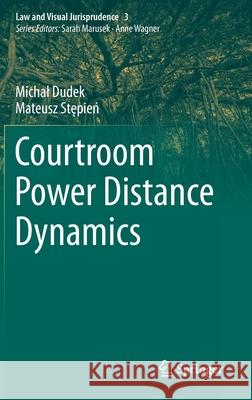Courtroom Power Distance Dynamics » książka
topmenu
Courtroom Power Distance Dynamics
ISBN-13: 9783030669836 / Angielski / Twarda / 2021 / 295 str.
Courtroom Power Distance Dynamics
ISBN-13: 9783030669836 / Angielski / Twarda / 2021 / 295 str.
cena 562,23
(netto: 535,46 VAT: 5%)
Najniższa cena z 30 dni: 539,74
(netto: 535,46 VAT: 5%)
Najniższa cena z 30 dni: 539,74
Termin realizacji zamówienia:
ok. 22 dni roboczych.
ok. 22 dni roboczych.
Darmowa dostawa!
Kategorie:
Kategorie BISAC:
Wydawca:
Springer
Seria wydawnicza:
Język:
Angielski
ISBN-13:
9783030669836
Rok wydania:
2021
Wydanie:
2021
Numer serii:
000953288
Ilość stron:
295
Waga:
0.60 kg
Wymiary:
23.39 x 15.6 x 1.91
Oprawa:
Twarda
Wolumenów:
01
Dodatkowe informacje:
Wydanie ilustrowane











